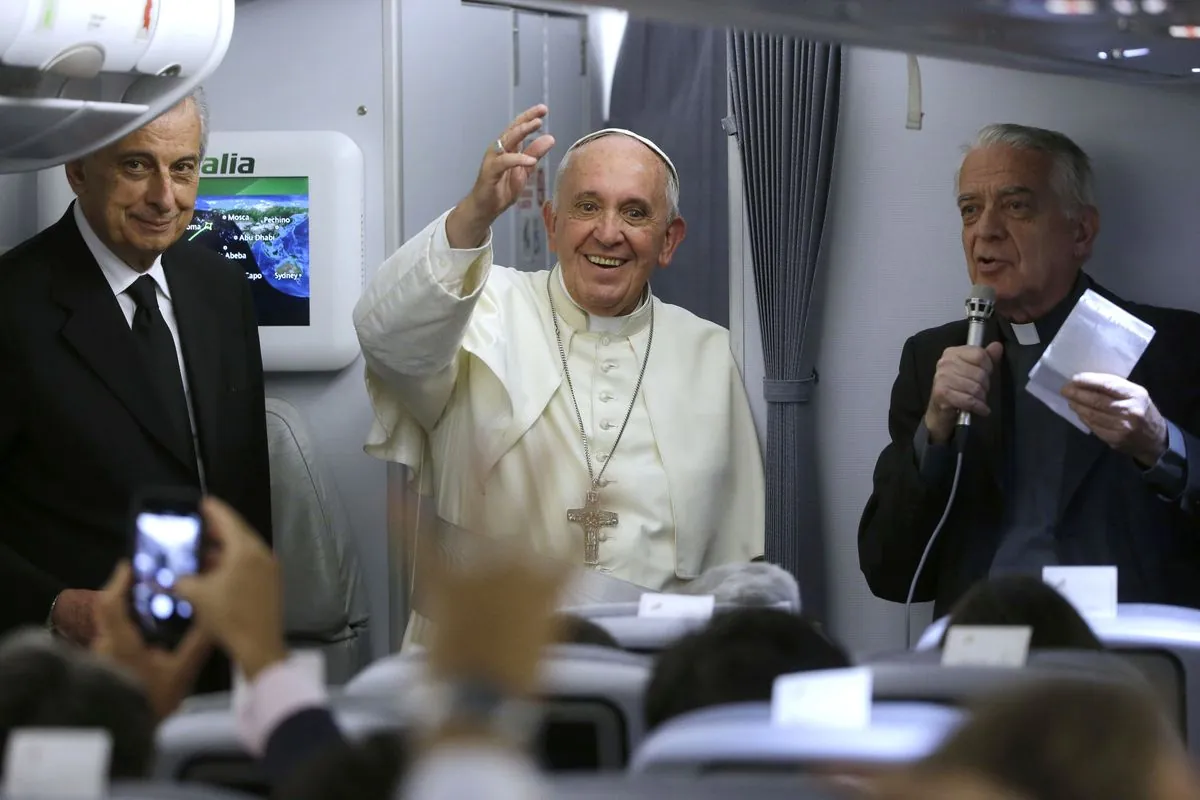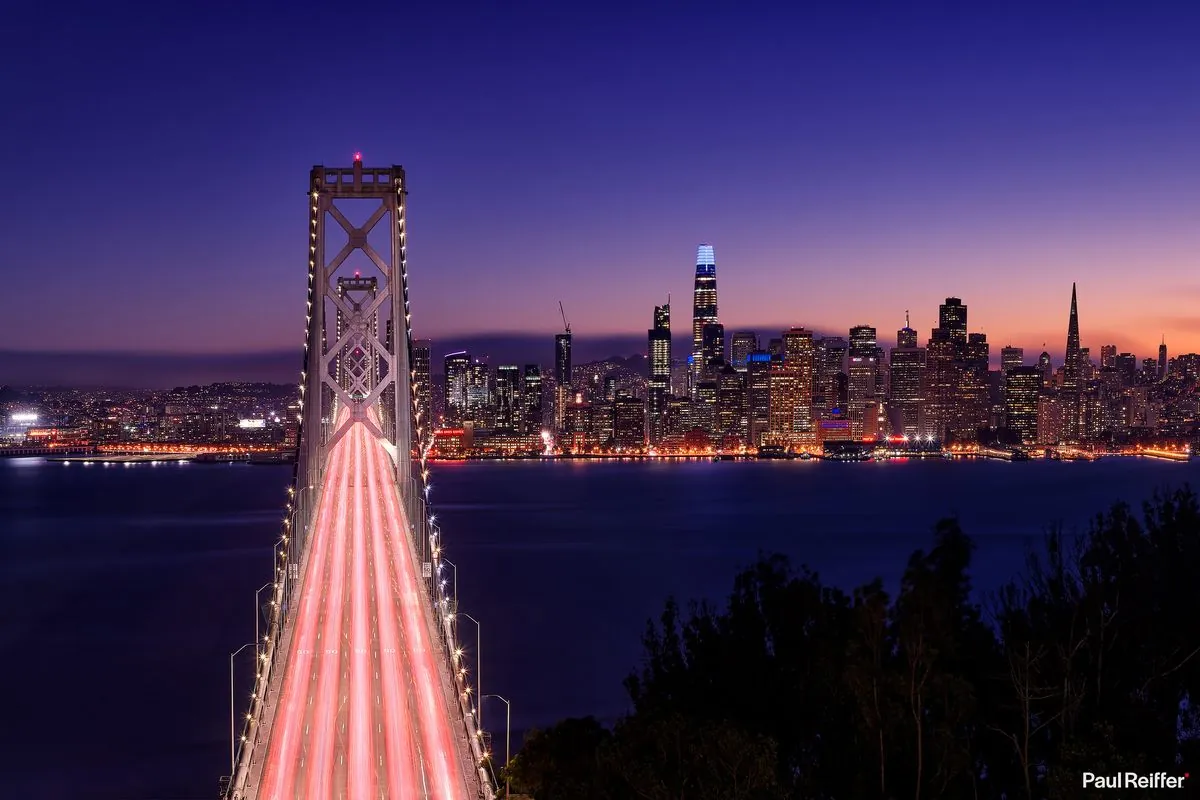Robert Frank's Artistic Journey: From "The Americans" to MoMA
MoMA's exhibition explores Robert Frank's post-"The Americans" work, revealing his shift from photography to film and personal exploration, showcasing his complex artistic evolution and lasting influence.
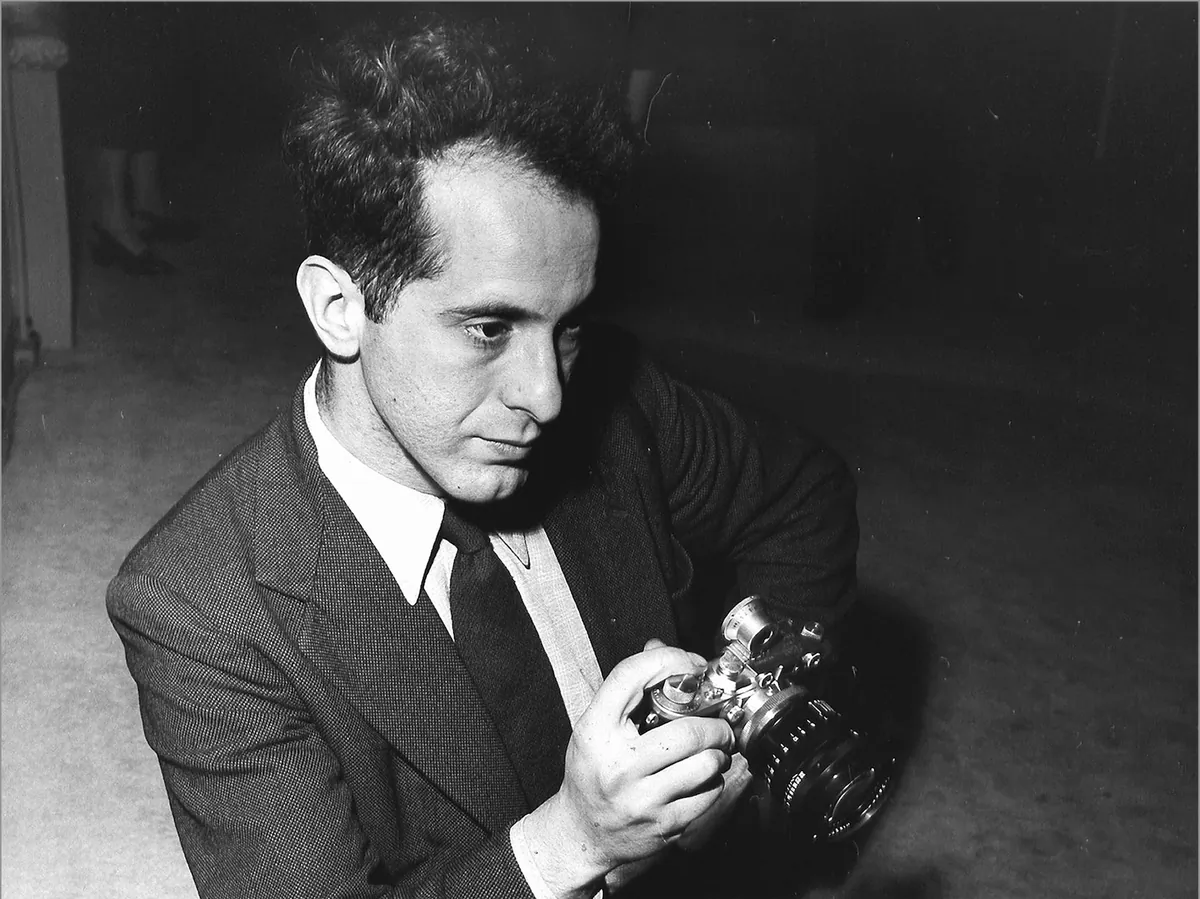
Robert Frank, the Swiss-born photographer who revolutionized American photography, is the subject of a new exhibition at the Museum of Modern Art (MoMA) in New York. The show, titled "Life Dances On: Robert Frank in Dialogue," explores the artist's work after his groundbreaking 1960 photobook "The Americans."
Frank's seminal work, which captured a raw and unvarnished view of 1950s America, remains a cornerstone of 20th-century photography. Culled from over 27,000 images taken during a two-year road trip, "The Americans" presented a nation grappling with class and racial divisions, a stark contrast to the prevailing optimistic narrative of the time.
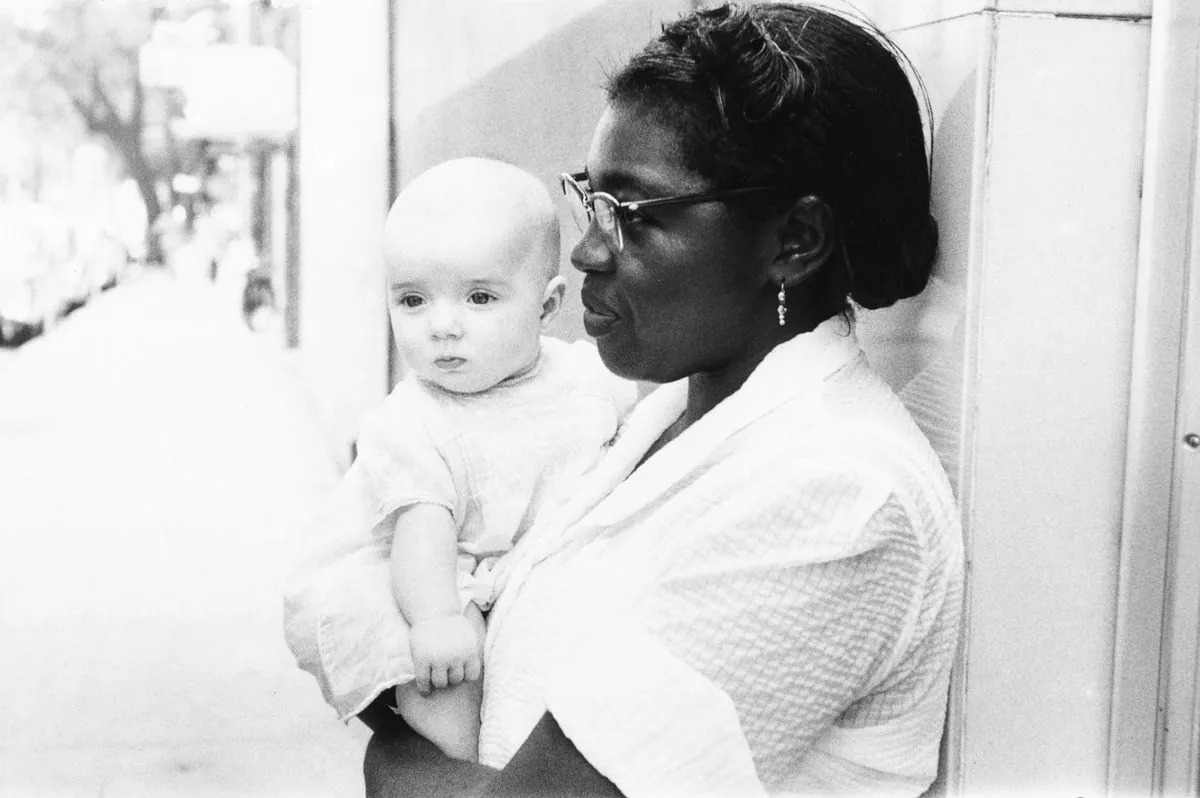
The MoMA exhibition, running until January 11, 2025, delves into Frank's artistic evolution following the success of "The Americans." It showcases his shift towards experimental filmmaking and collaborations with Beat Generation writers like Jack Kerouac and Allen Ginsberg.
One of the most intriguing aspects of Frank's post-"Americans" work is his 1959 film "Pull My Daisy," co-directed with Alfred Leslie. This short film, featuring Beat poets and scored by composer David Amram, exemplifies Frank's embrace of a more spontaneous, unpolished aesthetic.
The exhibition also highlights Frank's return to still photography, albeit with a more personal and introspective approach. His later works often incorporated text and multiple images, reflecting his desire to explore the connections between visual elements.
"I loved it, I spent my talents on it, I was committed to it; but when respectability and success became part of it, then it was time to look for another mistress or wife."
Frank's artistic journey was deeply influenced by personal tragedies, including the deaths of his two children. These losses are reflected in works like his 1995 photograph "The Suffering the Silence of Pablo," which combines imagery with handwritten text to convey profound grief.
While the exhibition celebrates Frank's diverse body of work, it also raises questions about the effectiveness of his later artistic choices. Some critics argue that his rejection of polished technique and embrace of amateurism led to a decline in the power of his visual storytelling.
Despite these critiques, Frank's influence on contemporary photography and visual culture remains undeniable. His willingness to challenge conventions and explore new forms of expression continues to inspire artists today.
As visitors explore the MoMA exhibition, they are invited to consider the complex legacy of an artist who continually sought to reinvent himself, even at the cost of alienating his audience and challenging his own artistic strengths.
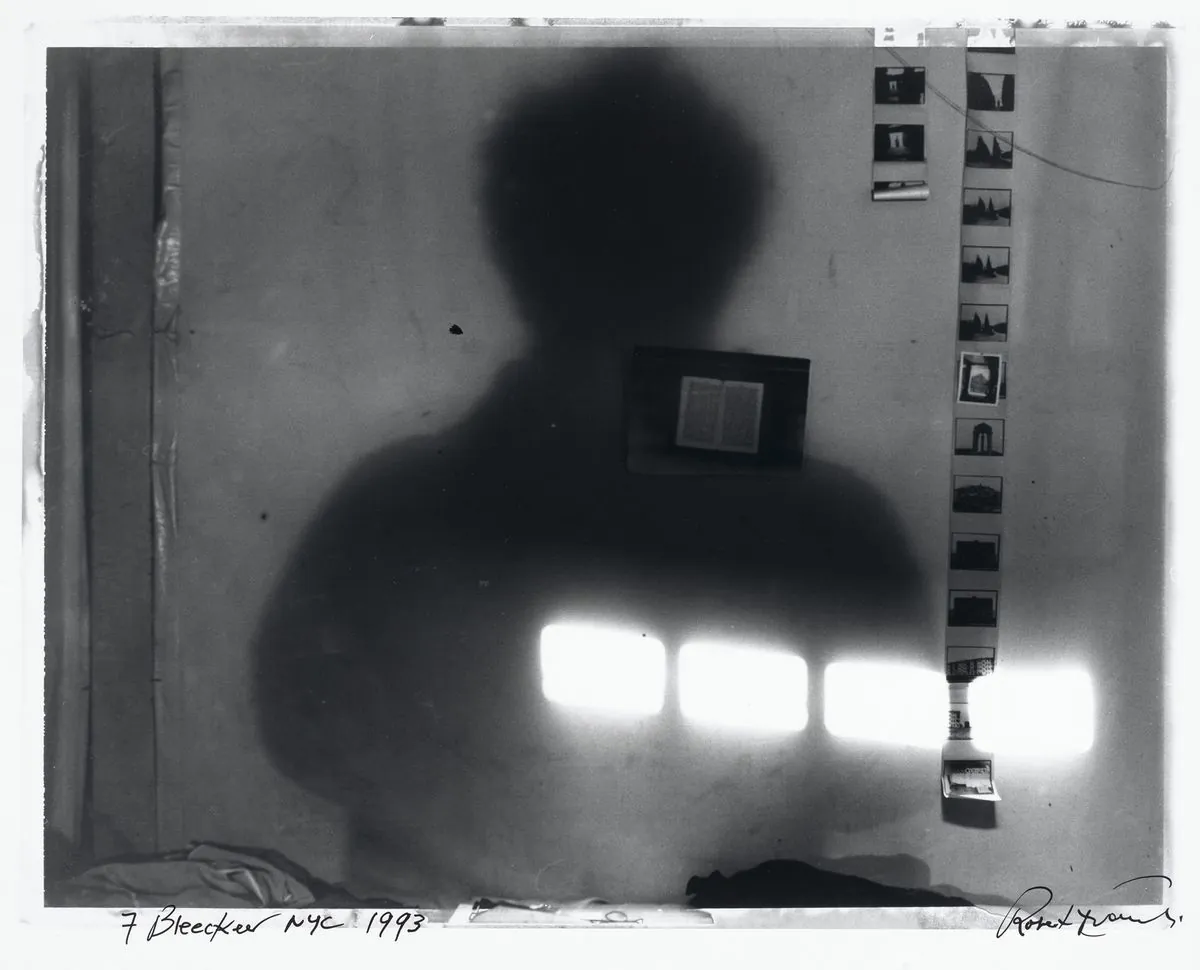
Robert Frank's journey from "The Americans" to his final works serves as a testament to an artist's relentless pursuit of authenticity and personal expression. While his later works may not have achieved the same level of acclaim as his early masterpiece, they offer valuable insights into the evolution of a pioneering visual artist who refused to be defined by his past successes.









